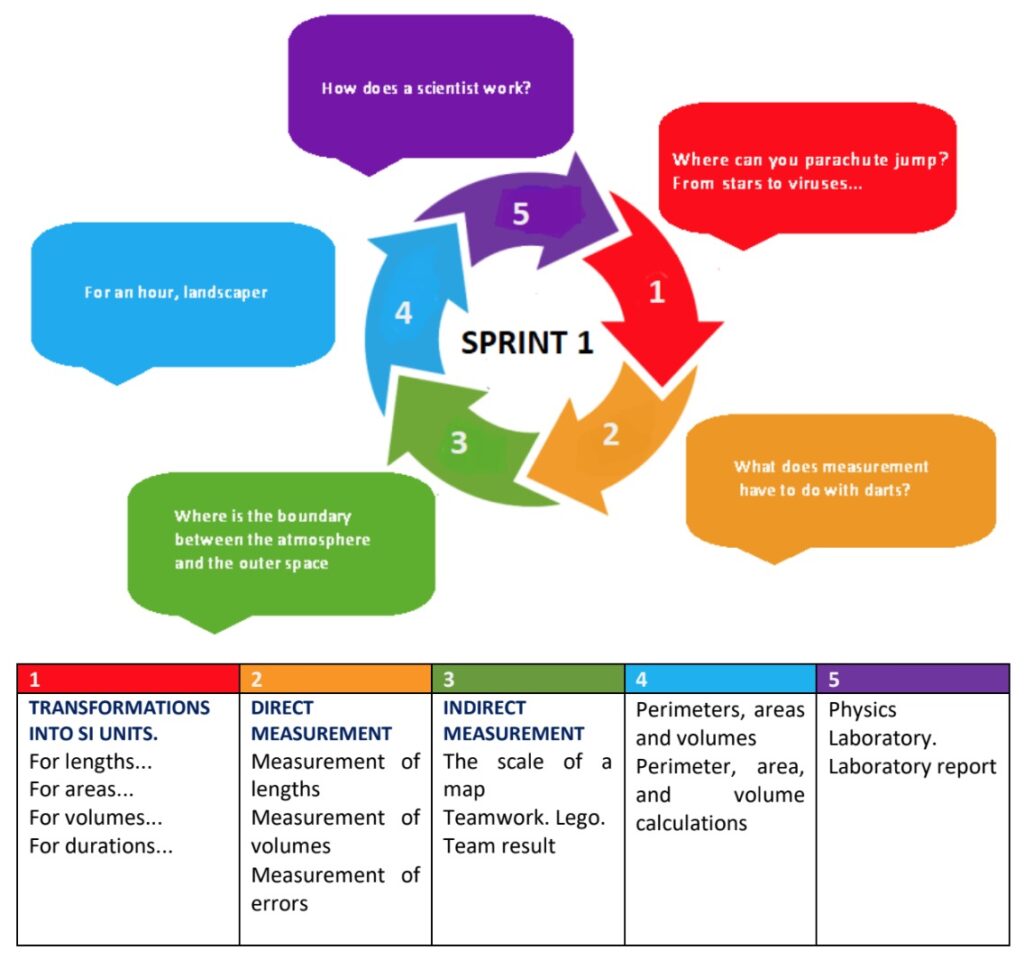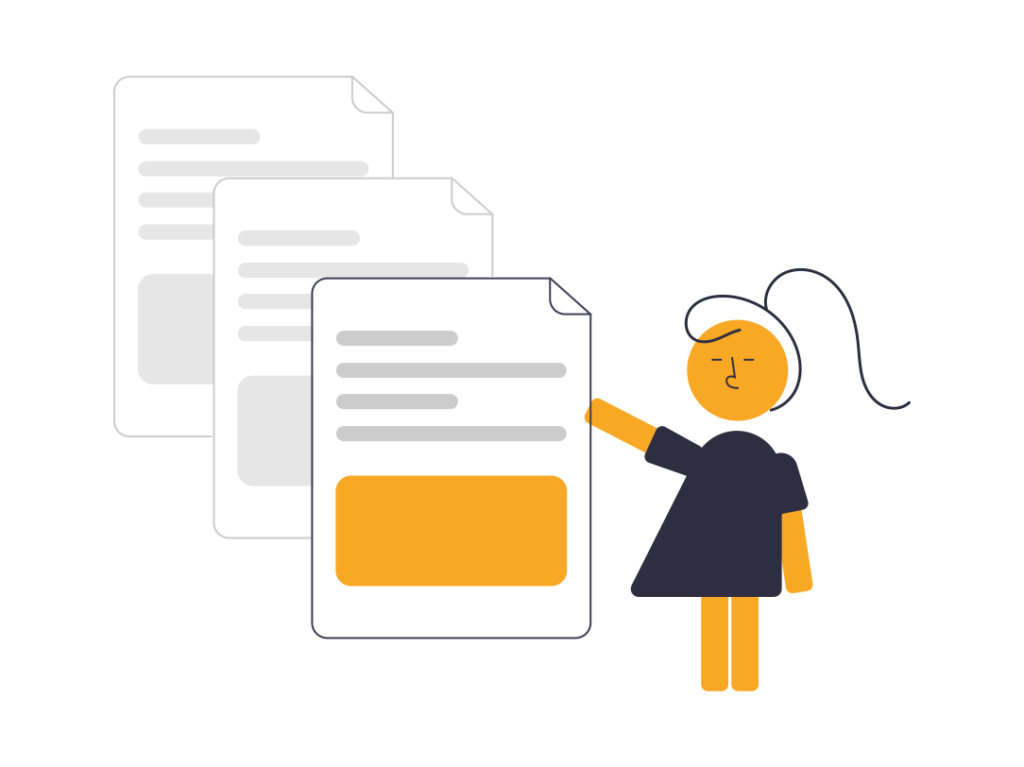ro · lesson 1
"Math and Art – Functions Properties"
Lesson summary
Project-based learning, as a metacognitive strategy, is aimed at training and developing the skills necessary on the labor market and required by employers, teaching students: to work well in a team, to be careful and reflective about decision making, to show initiative, and to solve complex problems. The project-based approach has many advantages, including: the students taking responsibility for their own learning process; increasing autonomy in learning, the emphasis is on collaboration, not on competition; monitoring the implementation of the project allows the teacher to identify the difficulties encountered
by each student and how these difficulties are overcome by the student.
In this Erasmus project, the harmonious combination of the two strategies PBL (project-based learning) and Agile, together with LEGO® Serious Play®, CLIL, Liberating Structures, NON-Violent communication, can become an easier way for students to achieve better learning outcomes.
The project “Be the architect of your school” is part of the learning unit “Basic concepts in learning physics”. This is a cross-curricular project, an interesting challenge for the sixth-grade students to see what they have learned in the first chapter at Physics along with English, using the Agile strategy. The unit was divided into 3 parts: Introduction and 2 sprints (sprint 1 – learning new theoretical notions; sprint 2 – using new knowledge in new contexts, that is, carrying out the project proposed by the teach): https://drive.google.com/file/d/1d2NZbaW_cksv0i-GZt_FePe1D5sNDUSd/view?usp=sharing
Here is an example of a task, in the first part (Introduction), which calls for the real involvement of students in the discovery of the new topics that will be studied by them in the unit “Basic concepts in learning physics”.
The teaching process begins by arousing curiosity and motivating students to study the proposed topic. The teacher presents the students with a video and the two requirements from the cross-curricular project proposed by the teacher and which, they will carry out in groups of 3 students.
Video: https://youtu.be/wACxl1eNhXc
The first requirement (from the project proposed by the teacher, see link below):
https://drive.google.com/file/d/1d2NZbaW_cksv0i-GZt_FePe1D5sNDUSd/view?usp=sharing
The teacher proposes to each team of students to create, using LEGO® Serious Play® pieces, a configuration similar to those watched in the video. The teacher, using the 1-2-4 all method, asks the students to find the theoretical notions they need in order to be able to determine the volume of air in the classroom, which they should write down.
These notes, they write down, represent, in fact, the Product backlog – they imagine what they should know in order to be able to respond to the above challenge.
The second requirement (from the project proposed by the teacher, see link below):
https://drive.google.com/file/d/1d2NZbaW_cksv0i-GZt_FePe1D5sNDUSd/view?usp=sharing
The teacher applies the same methods as those used for the first requirement.
Agile arouses students’ curiosity about the new contents, allowing them to make a list of these contents as they have imagined it. The teacher facilitates the development of the list by asking students essential and key questions.
Here’s how I made the Story map in Sprint 1!
To carry out the project “Be the architect of your school”, students learn how to apply theoretical notions. Scrum artifacts allow the teacher to improve the transparency and understanding by the students of the activities they carry out.
In this respect, I created the Story map, in five stages. Each stage of this cyclical model helps
students to learn in a structured way and to be able to apply what they have learned in new contexts, such as the final project in Sprint 2. The story map makes students understand that the learning process of some basic concepts is just as important as the project itself when finished.
In the figure below is presented the cyclical model of the 5-stage sprint, respectively the subjects.

Instead of the reflection diary… a sprint retrospective!
A Retrospective is a special Scrum ceremony that forces students to pause and reflect on what transpired and discuss what worked and what did not work during a project. Value comes from the dialogue rather than just from individual statements.
The teacher uses the three-stage-fishbowl method:
The Scrum Team, after having analyzed how Sprint 2 went, identified the problems they had
encountered in the development of their project: “Be the Architect of Your School” and discussed how
those problems could be solved. Thus, they have identified the most useful changes they can make in
order to improve the way they work individually and together as a team so as to progress and become
more effective.
See link below: Worksheets Three Stage-Fishbowl:
https://drive.google.com/file/d/1Og5t8OQevYCRVz8kgEqozOvZnuwz1nL2/view?usp=sharing
SPRINTS
Go to this link to see the teacher’ MIRO board with the lesson content:
https://miro.com/app/board/uXjVOp0RjqM=/
MICRO CREDITS CRITERIA- OPEN DIGITAL BADGE
Badge 1 – NEWTON – analytical thinking – formulates simple conclusions based on experimental data;
Badge 2 – EDISON -productivity (fluidity) of scientific/technical thinking – extraction of relevant scientific data and information describing a phenomenon;
Badge 3 – COANDA – technical thinking – anchored in reality – organization of experimental data in different simple forms of presentation;
Badge 4 – GALILEI – experimental thinking – use of methods of recording and representing experimental data;
Badge 1- NEWTON – has communicated observations and conclusions of the investigations;
Badge 2- EDISON – has organized the data in a form appropriate to the performance of the tasks;
Badge 3 – COANDA – has elaborated a presentation in the form of a laboratory report and a drawing board;
Badge 4 – GALILEI – has drawn up a table recording the quantitative information.
https://badgr.com/issuers/632d66d8b0311d4874e3fb66/badges






